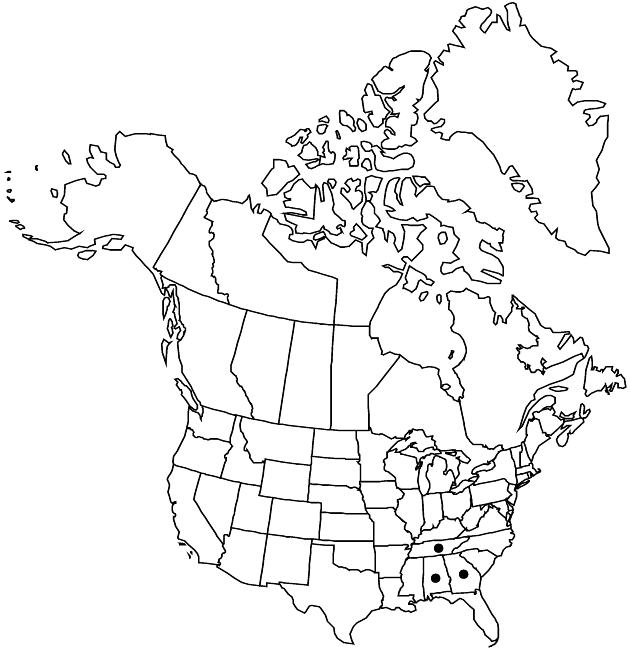Difference between revisions of "Silphium brachiatum"
Bot. Gaz. 9: 192. 1884.
Common names: Cumberland rosinweed
Endemic
imported>Volume Importer |
imported>Volume Importer |
||
| Line 50: | Line 50: | ||
|publication year=1884 | |publication year=1884 | ||
|special status=Endemic | |special status=Endemic | ||
| − | |source xml=https:// | + | |source xml=https://bitbucket.org/aafc-mbb/fna-data-curation/src/2e0870ddd59836b60bcf96646a41e87ea5a5943a/coarse_grained_fna_xml/V19-20-21/V21_185.xml |
|tribe=Asteraceae tribe Heliantheae | |tribe=Asteraceae tribe Heliantheae | ||
|subtribe=Asteraceae (tribe Heliantheae) subtribe Ecliptinae | |subtribe=Asteraceae (tribe Heliantheae) subtribe Ecliptinae | ||
Latest revision as of 20:10, 5 November 2020
Plants caulescent, 65–200 cm; fibrous rooted. Stems terete, glabrous. Leaves: basal caducous; cauline opposite, petiolate; blades lanceolate, hastate, ovate, or sagittate, 1–24 × 0.5–18 cm, bases cuneate, or round (distal), or cordate, truncate, hastate, or sagittate (proximal), margins coarsely dentate or entire, apices acuminate to acute, faces sparsely hirsute, hispid, or scabrous. Phyllaries 11–15 in 2–3 series, outer reflexed or appressed, apices acute, abaxial faces scabrous. Ray florets 7–9; corollas yellow. Disc florets 20–40; corollas yellow. Cypselae 7–8 × 5–6 mm; pappi 0.5–1 mm. 2n = 14.
Phenology: Flowering late summer–fall.
Habitat: Open forests, calcareous soils, roadcuts
Elevation: 200–600 m
Distribution

Ala., Ga., Tenn.
Discussion
Selected References
None.
Lower Taxa
None.